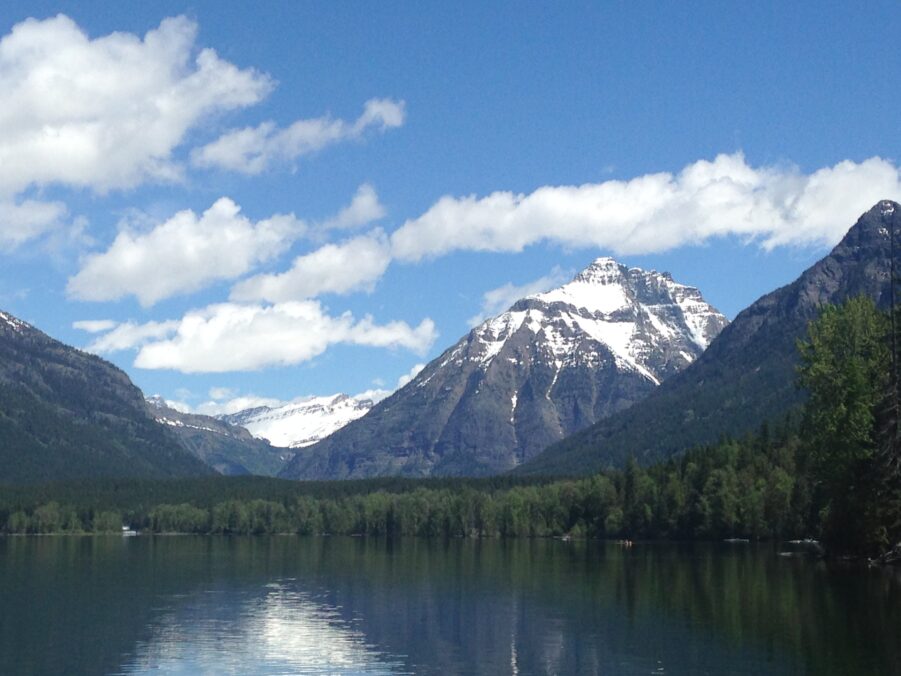One of the most delightful parts of nature adventures is getting to share them with others. The huge variety of outdoor places is part of what makes the outdoor lifestyle so exciting and rewarding. On the other hand, it can be hard to describe the outdoor places you’ve been and the things you’ve seen. Conversely, if you’re looking for certain settings or wildlife in nature, it helps to know what to search for in guidebooks or online. Having a solid vocabulary for talking about the outdoors is essential to good storytelling.
Beyond that, it will help you know what to expect when planning a trip. This is especially important for conservation travel. If you know your natural environments, you can prepare yourself with the right gear. In this Outdoor Tips post, you’ll learn to describe outdoor places like a naturalist. Additionally, you’ll learn how experts writing guidebooks and articles describe these environments. Let’s have a look!
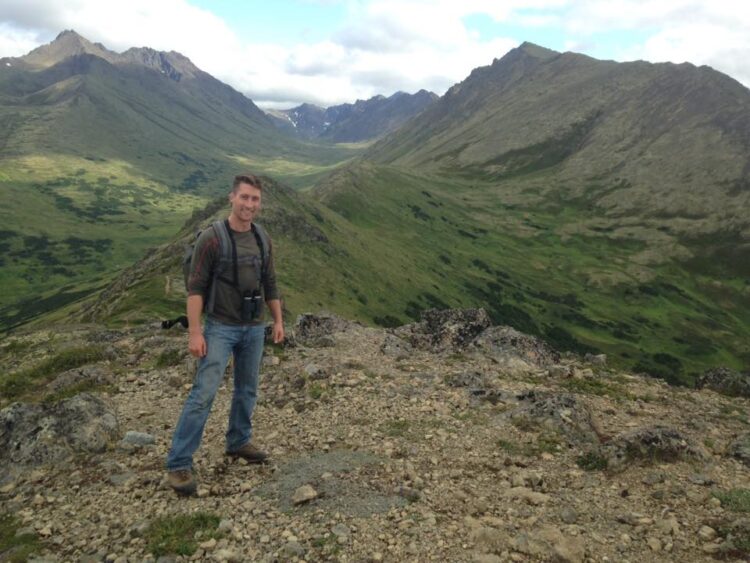
From big to small
Hikers, climbers, naturalists, and scientists alike tend to describe outdoor places differently depending on the scale that they’re talking about. For example, that one backpacker friend might tell you that they were hiking in the Appalachian mountains. That might make you think about beautiful rolling hills and lots of different trees with broad, green leaves.
Or a coworker might tell you they took their spouse fishing at a nearby creek. These stories conjure up images of very different sizes. Scientists might call these spatial scales. The creek might be something you can walk along in an hour. The Appalachian mountains stretch on for thousands of miles.
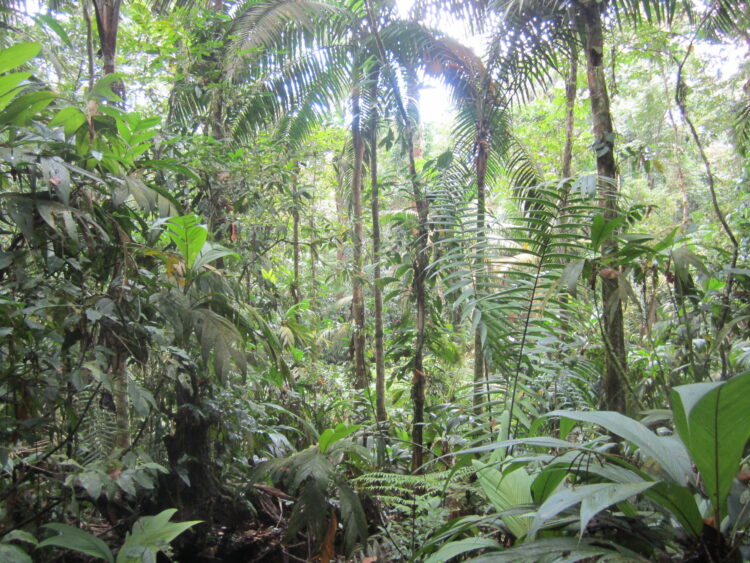
Size-related categories
Scientists and naturalists have a vocabulary for referring settings at these different scales. Although the definitions aren’t rock solid, they certainly provide helpful guidelines. Here are some of my favorites:
- Habitat – A smaller scale; usually a locale you can visit and walk around in an hour or even a few minutes. Like a small creek, a patch of wild blackberries, or even the dirt under a rock.
- Ecosystem – Often a tad bigger, and typically describing a particular community of living things that inhabit a place. For example, a lagoon, coral reef, or a hardwood forest.
- Landscape – A big area incorporating multiple ecosystems. Imagine a vista from a mountaintop or the view from a plane. The Western Ghats of India or Yosemite National Park would be landscapes.
- Biome – The biggest category. We’re talking entire chunks of continents and thousands of miles here. The entire Sahara desert is a biome; so is the Arctic ocean.
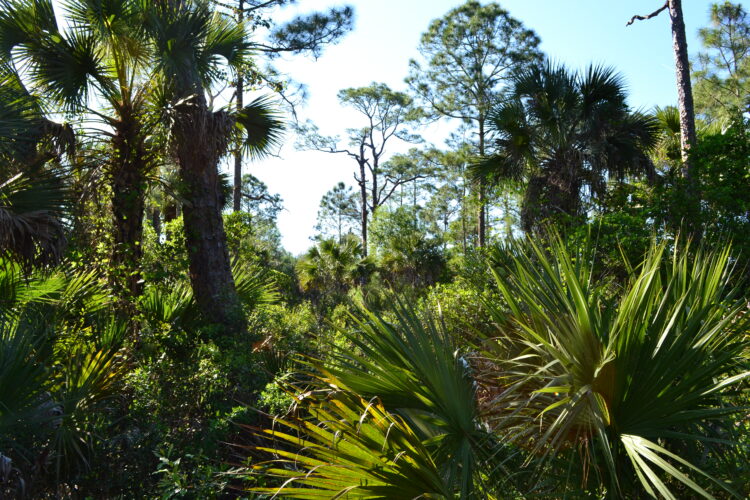
Pine-scrub savanna is a unique habitat type that is rapidly vanishing in the state of Florida, USA. It supports a diversity of endemic (found nowhere else) species that are consequently at risk. These habitats are maintained by periodic fire.
No one way to do it
The ways of splitting up and characterizing natural environments are as varied as nature itself. Nonetheless, getting a handle on some basic categories and vocabulary can be a huge help. Once you have figured out the size of the setting you’re describing, you can add some detail. For instance, a helpful way to start is with the biome to which a place belongs. After that, you can provide some further information to really set the scene.
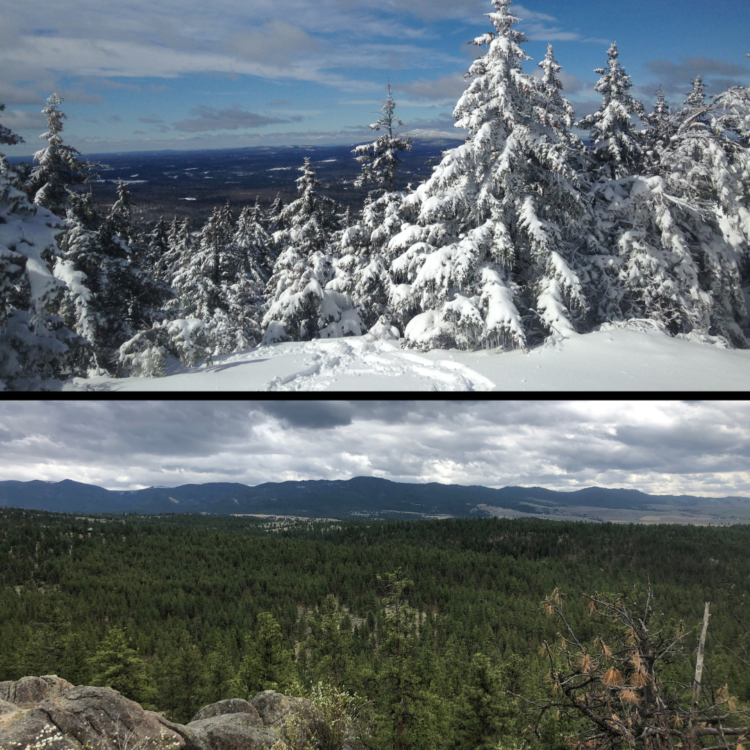
The basic biomes
The definition of a biome has changed along with advances in ecological science for over a century. Generally speaking, biomes are the broadest brush by which you can describe a natural space. They depend more on what continent, or what part of what continent you’re on, and less where you chose to drive or hike that morning. In essence, an area’s year-round climate and soils, and their effects on wildlife determine the biome.
This means that areas with similar climates or conditions will typically have similar ecological communities. For example, there are similar types of temperate forests in Japan and Eastern North America. Meanwhile, there area seasonal tropical rainforests in South America and South Asia, and extensive grasslands in North America and parts of Africa. If you’d like a global view of some basic biomes across different continents, check out NASA’s biome map of the world.
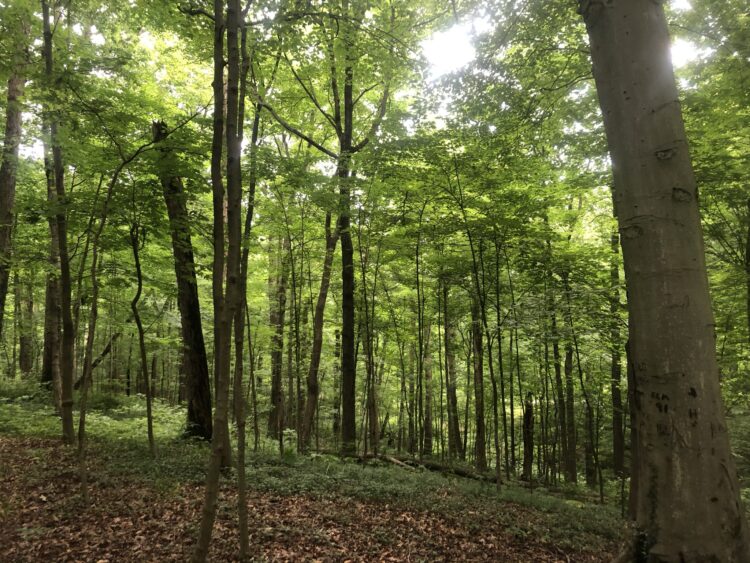
Here are handful of the biomes that naturalists commonly refer to:
Terrestrial biomes
- Deserts
- Temperate forests
- Tropical rainforests
- Savannas
- Grasslands
- Tundra
- Taiga or Boreal forest

Aquatic biomes
- Estuaries
- River headwaters
- Coastal marshes
- Coral reefs
- Lakes
- Polar seas
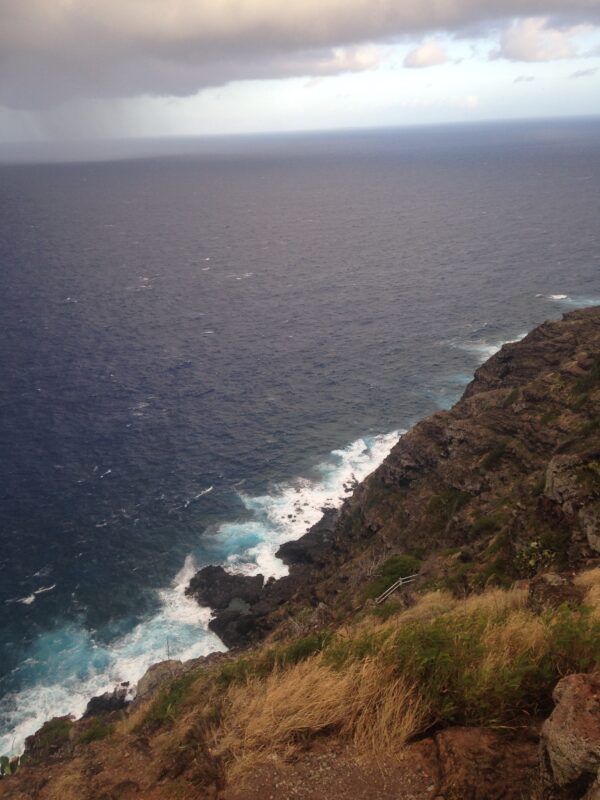
Getting more detailed
Once you’ve figured out the biome of your setting, you can start to narrow things down. This means paying attention to the local conditions and structure of the vegetation around you. Here are some factors that naturalists use to get a little more specific:
- The dominant vegetation type. Is there a forest canopy? Is it generally open? Are most plants grasses, shrubs, or trees?
- The timing of rainfall or other precipitation. How does water get there? Does it rain only during certain times of year?
- Elevation and geological setting. How high up is it? Is it near the coast or a large river?
- The soil or substrate type. Is the ground sandy, gravelly, or made of soil? Is there bedrock near the surface? Are there large boulders around?
It’s also worth exploring some examples of cases where these factors make a difference. Together with that, I’ll give you some vocab that you can use in your own descriptions.
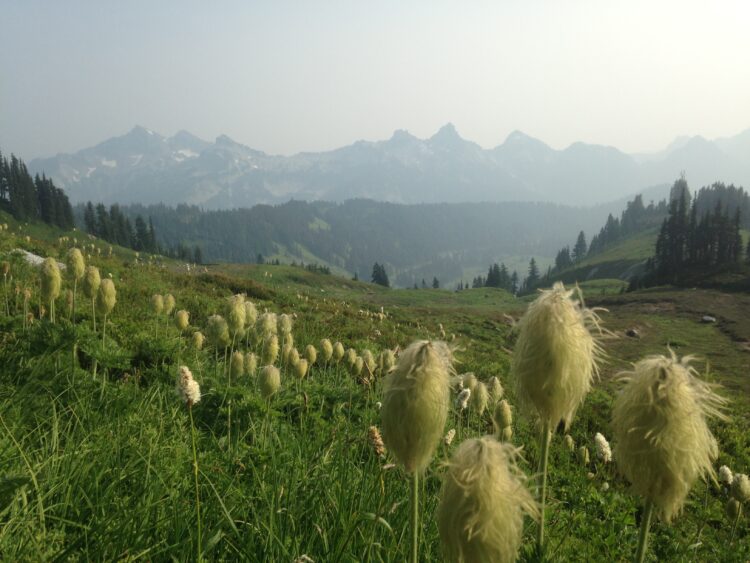
Life up high
Naturalists use the words alpine or montane to describe high-elevation habitats found on mountains. Understandably, habitats in mountains have some predictable qualities in common, like short growing seasons and harsh winds. Because of this, vegetation is often short and stunted. In addition, a dazzling array of wildflowers takes advantage of abundant sun in early spring.
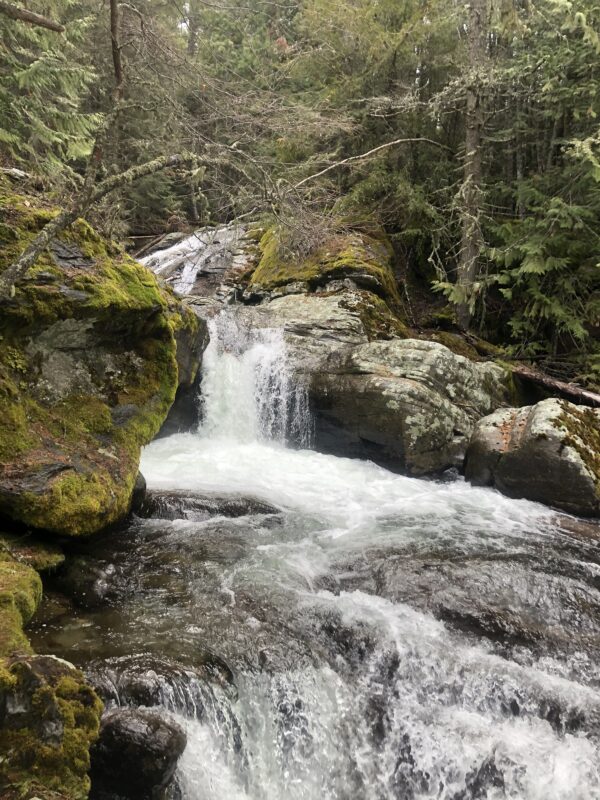
By the river
Riparian or riverine habitats are those found along the margins or edges of rivers, streams, and creeks. Notably, rivers and streams contribute moisture to the surrounding area by raising the water table and creating mist. Consequently, the vegetation around rivers and streams is often thicker and different than the plants in the surrounding landscape. In fact, this effect is especially strong in drier environments where water is more scarce or seasonal.
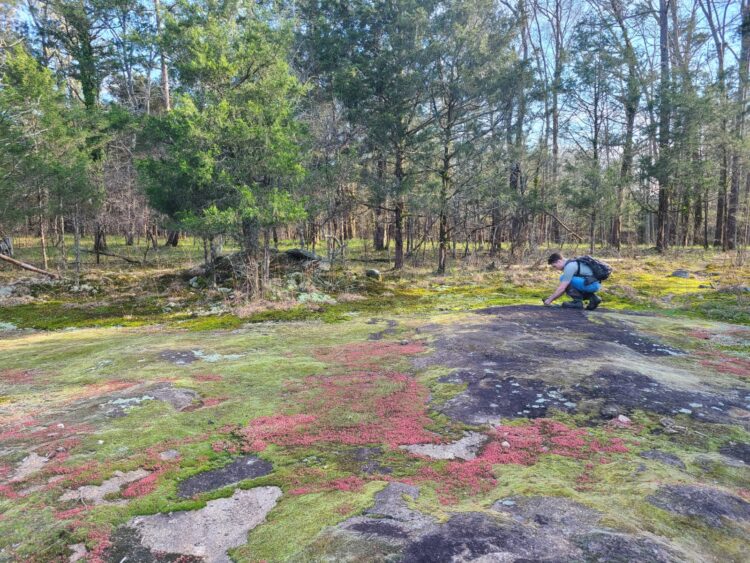
From the ground up
The physical and chemical make-up of the ground under our feet is also a defining factor for outdoor places. On any given adventure, you could find yourself walking over sand, gravel, thick leaf-litter, or spongey soil. The soil itself might consist of decomposed plant material, crushed coral, or mud deposited by a recent flood.
Additionally, the ground could be saturated with water, a little moist, or dry as a bone. Knowing about any of these factors can tell you a lot about a place. Taking note of them while you’re out mountain-biking, birdwatching, or foraging can help you better describe where you’ve been. If you’re looking through field guides to guess a particular bird, bug, or mushroom you came across, these details will also come in handy.
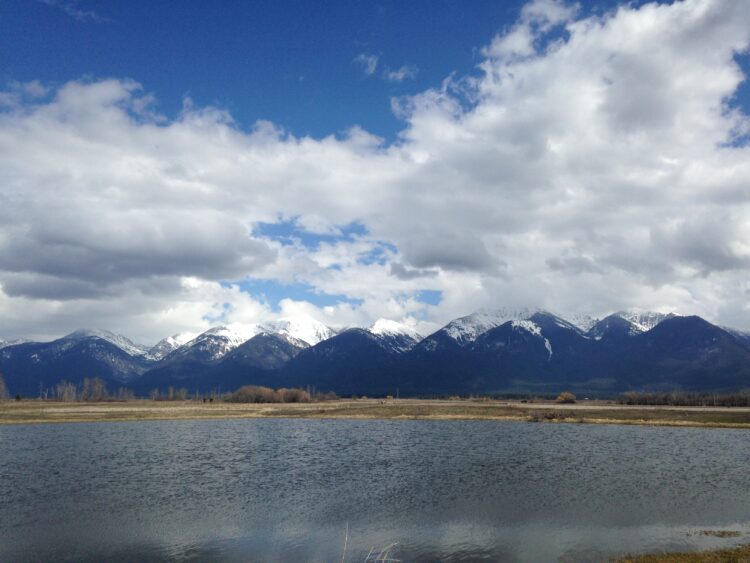
Thanks for reading about describing outdoor places!
What kind of biome do you live in? What would you say are the dominant plant communities? Do you have lots of big trees, like where I live in Georgia? Or is it more open, like Montana’s big sky? Let me know in the comments! As always, if you’ve got something you’d like to learn about in Outdoor Tips, you can send your suggestions via the Contact page.

